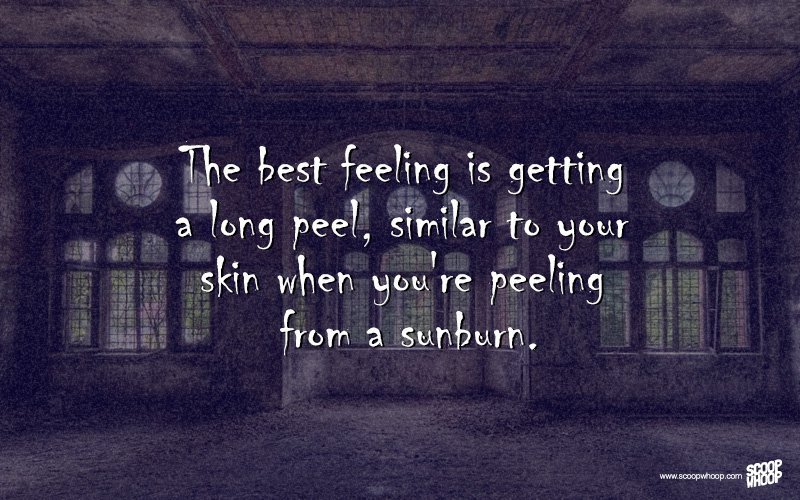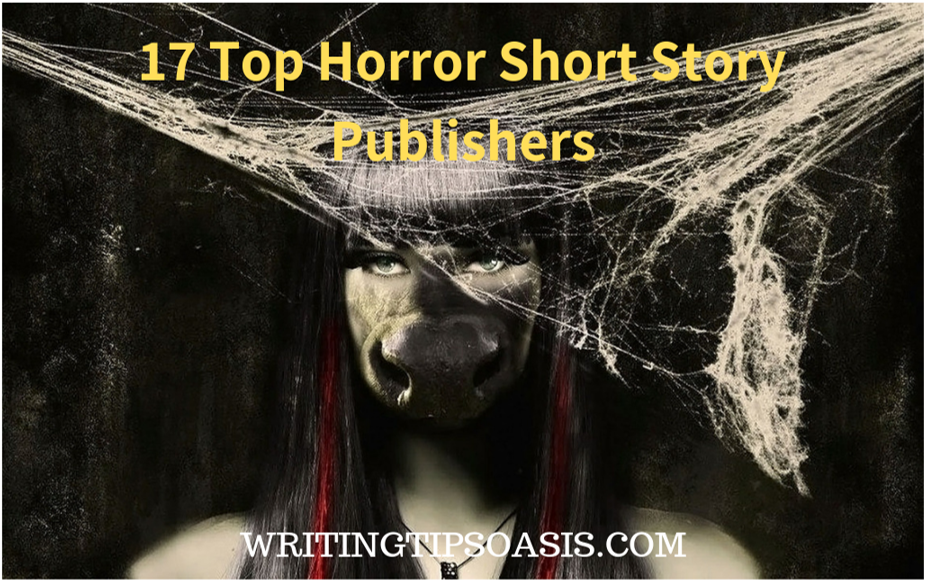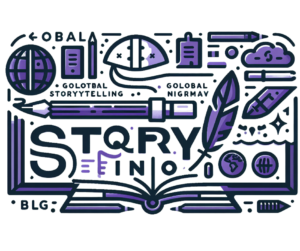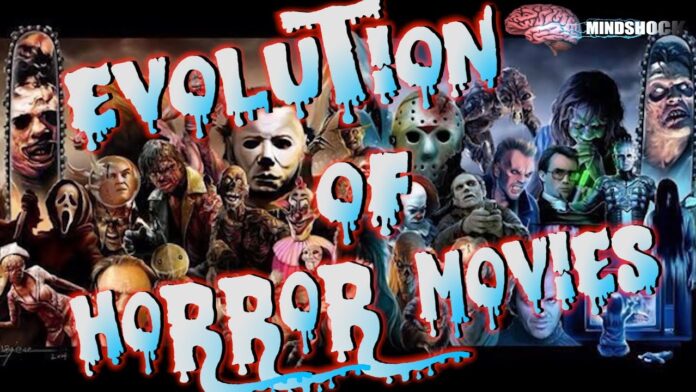
Horror short stories have long been a staple of the literary world, captivating audiences with their ability to evoke fear, suspense, and dread in compact, powerful narratives. From Edgar Allan Poe’s classic tales to contemporary horror masters, the genre has evolved significantly. Today, modern horror short stories are redefining the genre, bringing fresh perspectives, diverse voices, and innovative storytelling techniques. This article explores the evolution of horror short stories and how they are shaping the future of the genre.
The Origins of Horror Short Stories
Horror short stories have roots in ancient folklore and mythology, but the genre as we know it began to take shape in the 19th century. Edgar Allan Poe, one of the earliest masters of the form, established many of the conventions of horror with stories like “The Tell-Tale Heart” and “The Fall of the House of Usher.” Poe’s work was characterized by its focus on psychological horror and the macabre, setting the stage for future writers.
In the 20th century, writers like H.P. Lovecraft and Shirley Jackson expanded the boundaries of the genre. Lovecraft’s cosmic horror introduced readers to the concept of an indifferent, often malevolent universe, while Jackson’s exploration of domestic horror revealed how terror could manifest in everyday life.
The Golden Age of Horror Short Stories
The mid-20th century is often considered the golden age of horror short stories. This period saw the rise of influential writers like Stephen King, whose short stories, such as those in Night Shift (1978), combined supernatural elements with relatable characters. King’s ability to blend horror with human drama elevated the genre and expanded its appeal.
During this time, the genre also saw the emergence of anthologies and magazines dedicated to horror, such as Alfred Hitchcock’s Mystery Magazine and The Twilight Zone Magazine. These publications provided a platform for both established and emerging writers, helping to popularize the genre and bring horror into the mainstream.
The Modern Revolution: Breaking Conventions
In recent years, horror short stories have undergone a significant transformation. Modern writers are pushing the boundaries of the genre, experimenting with new forms and themes. This evolution can be seen in several key areas:
- Diverse Voices and Perspectives
Contemporary horror has embraced a broader range of voices and perspectives. Writers from diverse backgrounds are bringing fresh narratives to the genre, exploring themes related to race, gender, and identity. Authors like Jordan Peele and Grady Hendrix are using horror as a lens to address social issues, providing new insights into human fears and anxieties.
- Psychological and Emotional Depth
Modern horror short stories often delve deeper into psychological and emotional aspects of fear. Rather than relying solely on supernatural elements, contemporary writers focus on the psychological impact of horror. Stories like Carmen Maria Machado’s “The Husband Stitch” explore trauma and relationships, blending horror with intimate, personal experiences.
- Hybrid Genres and Crossovers
The lines between horror and other genres are becoming increasingly blurred. Contemporary horror short stories frequently incorporate elements of science fiction, fantasy, and thriller genres. This hybrid approach allows writers to explore new narrative possibilities and appeal to a wider audience. For instance, Tananarive Due’s work often combines horror with speculative fiction, creating complex, multi-layered stories.
- Innovative Formats and Mediums
The digital age has also influenced the evolution of horror short stories. Online platforms and social media have provided new ways for writers to reach audiences. Flash fiction and serialized stories, often shared on platforms like Reddit and Wattpad, offer bite-sized doses of horror that cater to modern readers’ short attention spans.
Key Examples of Modern Horror Short Stories
Several contemporary horror short stories exemplify the genre’s evolution:
- “The Yellow Wallpaper” by Charlotte Perkins Gilman: Although written in 1892, this story remains influential, particularly in its exploration of psychological horror and gender dynamics. It has inspired modern writers to examine similar themes through contemporary lenses.
- “The Fisherman” by John Langan: This story combines elements of cosmic horror with a deeply personal narrative, reflecting the genre’s trend toward blending psychological depth with supernatural elements.
- “The Quiet Boy” by Nick Antosca: Featured in The New Yorker, this story exemplifies the modern horror short story’s focus on emotional and psychological horror, exploring themes of trauma and the supernatural.
The Future of Horror Short Stories
The future of horror short stories is likely to be shaped by ongoing innovation and experimentation. As technology continues to advance, writers will have new tools and platforms at their disposal. Virtual reality and interactive storytelling could offer immersive horror experiences that push the boundaries of traditional narrative forms.
Moreover, the genre’s continued emphasis on diverse voices and perspectives will enrich its storytelling possibilities. As more authors from various backgrounds contribute to the genre, horror will continue to evolve, reflecting the complex and ever-changing nature of human fear.
Conclusion
The evolution of horror short stories reflects a broader transformation within the genre, driven by new voices, innovative storytelling techniques, and changing cultural contexts. Modern horror is redefining its conventions, exploring deeper psychological themes, and blending genres in exciting ways. As the genre continues to evolve, it promises to deliver even more chilling and thought-provoking narratives that captivate and terrify readers for years to come.














